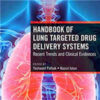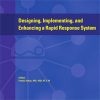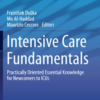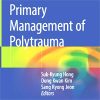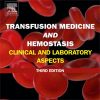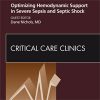Circuits Between Infected Macrophages and T Cells in COVID-19 Pneumonia
nature.comSome patients infected with Severe Acute Respiratory Syndrome Coronavirus-2 (SARS-CoV-2) develop severe pneumonia and the acute respiratory distress syndrome (ARDS).
Distinct clinical features in these patients have led to speculation that the immune response to virus in the SARS-CoV-2-infected alveolus differs from other types of pneumonia.
We collected bronchoalveolar lavage fluid samples from 88 patients with SARS-CoV-2-induced respiratory failure and 211 patients with known or suspected pneumonia from other pathogens and subjected them to flow cytometry and bulk transcriptomic profiling.
We performed single-cell RNA-seq on 10 bronchoalveolar lavage fluid samples collected from patients with severe COVID-19 within 48 hours of intubation.
In the majority of patients with SARS-CoV-2 infection, the alveolar space was persistently enriched in T cells and monocytes.
Bulk and single-cell transcriptomic profiling suggested that SARS-CoV-2 infects alveolar macrophages, which in turn respond by producing T cell chemoattractants.
These T cells produce interferon-gamma to induce inflammatory cytokine release from alveolar macrophages and further promote T cell activation.
Collectively, our results suggest that SARS-CoV-2 causes a slowly unfolding, spatially limited alveolitis in which alveolar macrophages harboring SARS-CoV-2 and T cells form a positive feedback loop that drives persistent alveolar inflammation.


